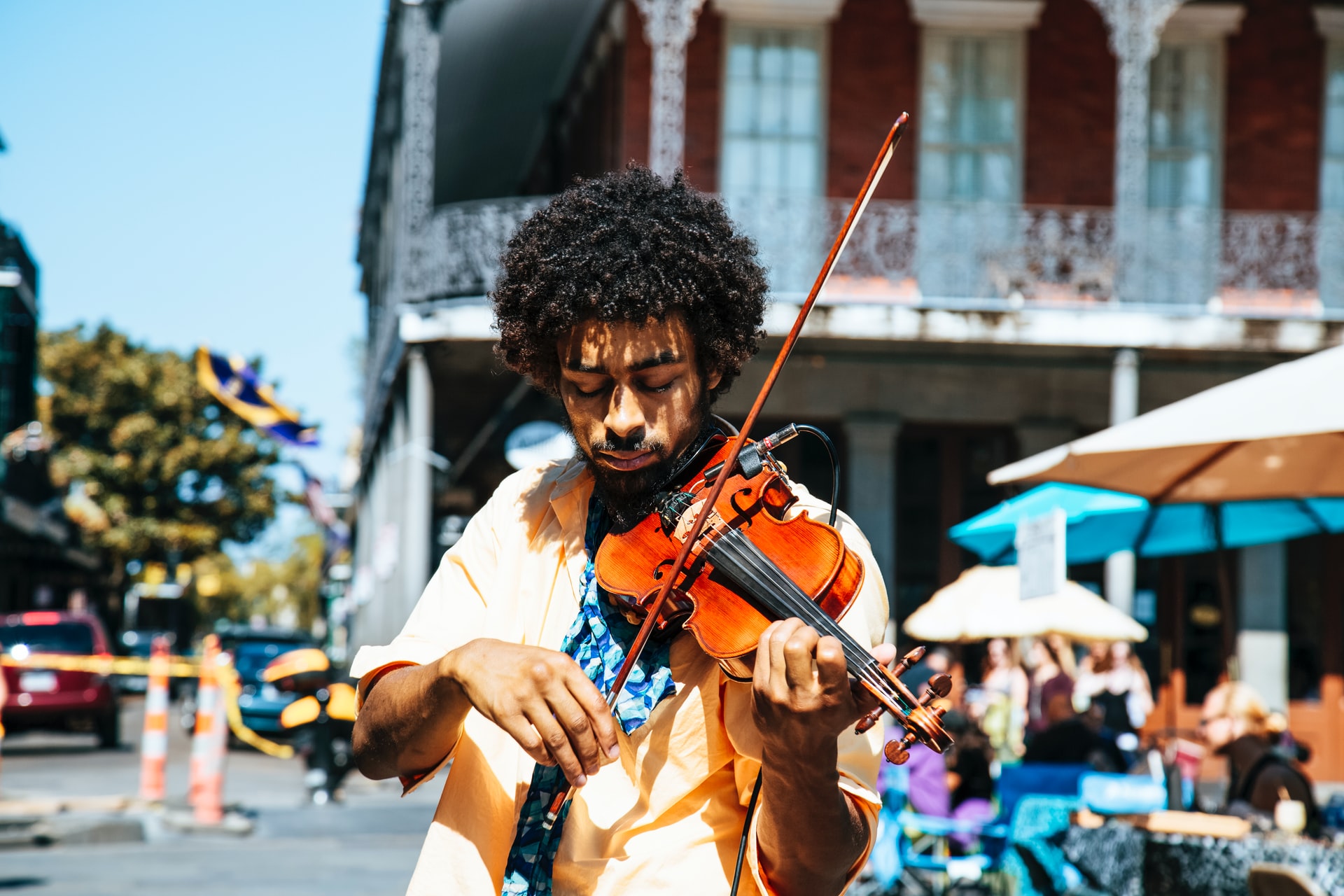
Music therapists can meet the spiritual, psychological and aesthetic needs of the afflicted by producing sounds testifying to the fact that beauty continues to exist in the world.When Emily Caudill learned she had an ovarian germ cell tumor at the age of 25, she did not want to undergo chemotherapy. An accomplished bluegrass fiddler, she knew that hearing loss is a common side effect of some chemicals — so common that drugs harmful to the ear have acquired an adjective: they are ototoxic.
Because Ms. Caudill’s mother broke down in tears, she acquiesced to a cycle of infusions. Eight months later, a recurrence led to a bone-marrow transplant. Ms. Caudill emerged with no evidence of disease; however, she could not hear higher frequencies: bird songs, children’s voices, her own violin. She qualified for (not always effective) hearing aids which, along with a mild stroke induced by treatment, meant that she had to reconceptualize her life.
Though she would have to relinquish a performance career, Ms. Caudill found that she could feel the vibrations of the violin in her chin and on her neck. In high school, she had read about the Nordoff-Robbins approach to music therapy, which provides techniques for disabled people to become active participants. After watching the documentary “Touch the Sound” about the deaf percussionist Evelyn Glennie, she decided to train as a board-certified music therapist and ended up working in one of the cancer centers at which she had received care: Indiana University’s Simon Cancer Center, where I receive treatment.
I first met Ms. Caudill at a writing workshop where she shared her history. Last fall, she offered to show me how this noninvasive, nonpharmacological approach might aid other patients.
She took me to visit a patient who had been a nurse for almost 30 years before being diagnosed with acute lymphoblastic leukemia. After Ms. Caudill rechecked the patient’s consent to have the session observed, we entered her darkened hospital room and seated ourselves on either side of her.
Ms. Caudill unpacked what looked like a dulcimer but turned out to be a reverie harp. The pentatonic tuning of the wooden instrument ensures that it can be played by anyone without producing dissonance. Soon the patient and I were leaning back, listening to the plucked strings accompanying Ms. Caudill’s voice. She guided us through a meditation like those often done at the close of yoga classes. For about 10 minutes, I focused on breathing in and out during descending and ascending notes, on relaxing my limbs and letting stray thoughts go.
The ailing nurse, wiping tears from her cheek, explained that she was trying to make peace with her decision to continue chemotherapy, but not to undergo a bone-marrow transplant. At my leave-taking, we both teared up, wishing each other the best of luck.